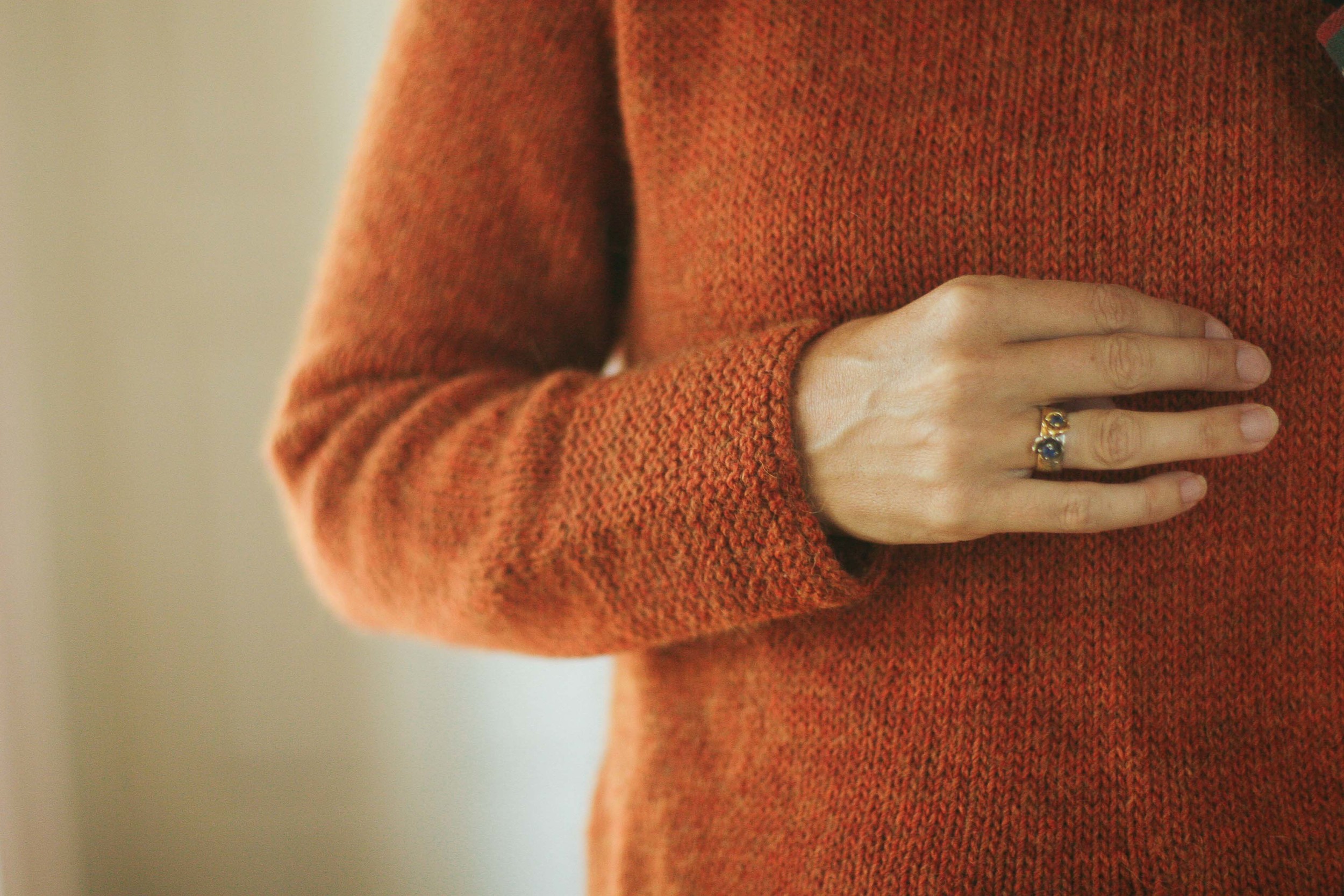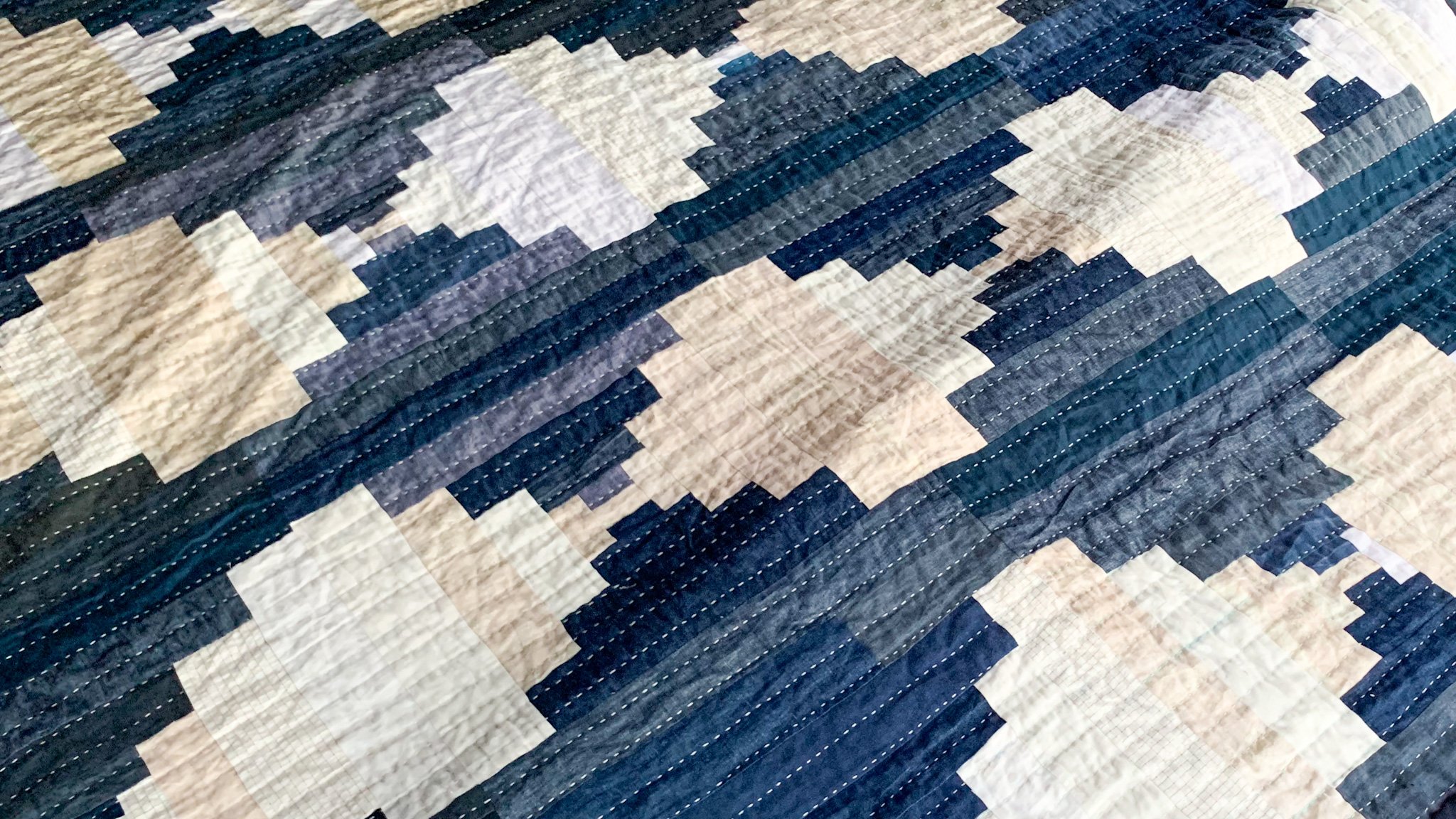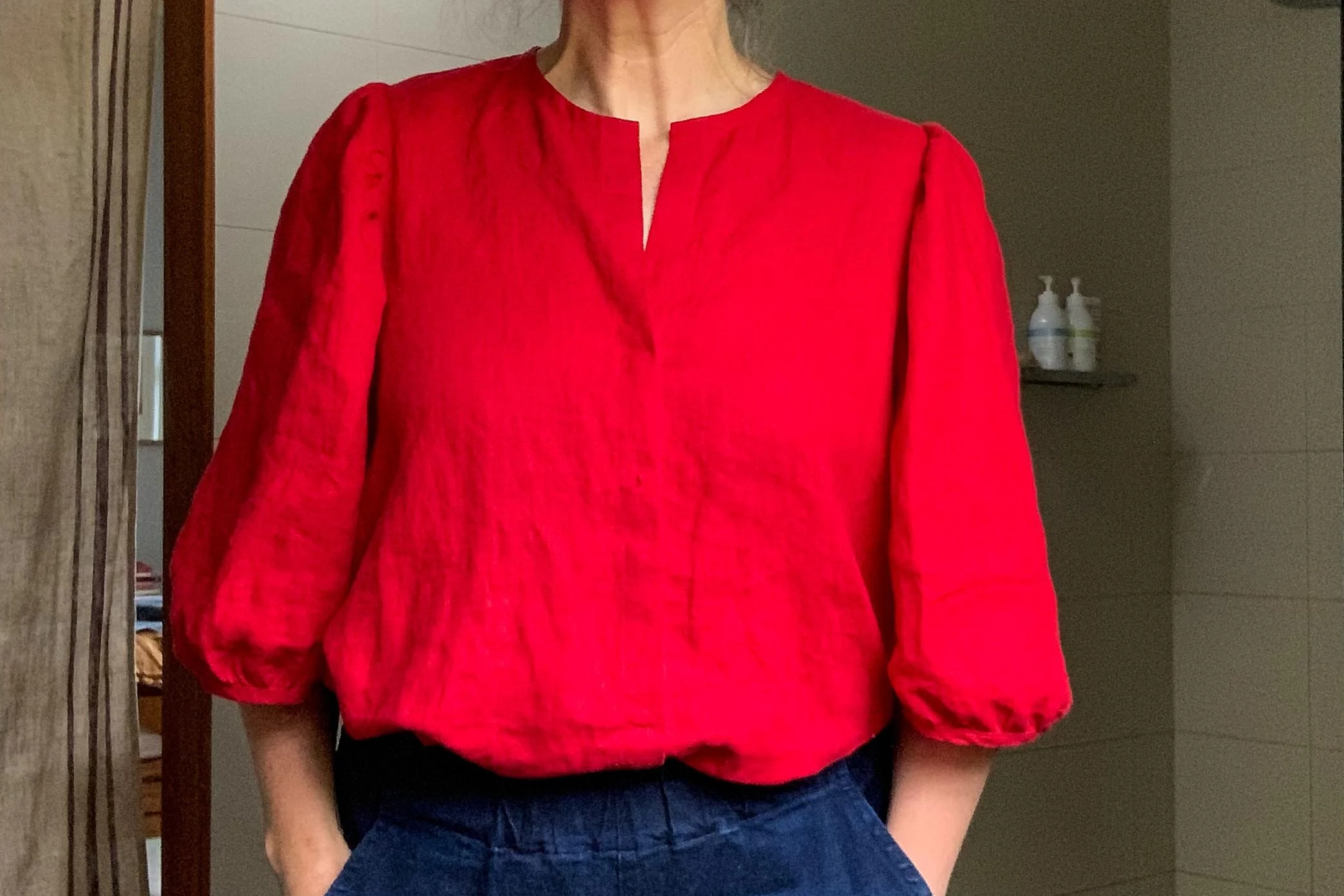So I was at kinder pickup the other day and we were talking about sewing, and I heard that classic ripper of a line "I'm terrible at sewing. I just can't get it." And I did what I always end up doing. Saying something along the lines of "Patterns that are around these days are fantastic as they teach you as you make." "The diagrams are better and you learn techniques as you sew" (as opposed to old school patterns that assumed that you knew the techniques required). And then "it isn't actually difficult - it just requires a bit of practice".
Anyway it got me to thinking about how many people have said something along those lines to me AND got me wondering why. Why people think they are bad at it and that they can't learn how. And why does there seem to be a perception that you either have what it takes to learn to make or you don't*.
There is this Elizabeth Zimmerman quote that I can't for the life of me find (and I am about to butcher) but it basically says that she has heard people say that they can't knit. Piffle she says! They can balance their cheque book, drive a car and make a meal. Knitting is easier than all those things. They may not want to - but it isn't that they can't. End of butchered quote - my apologies lovely Elizabeth!
When thinking about the why we don't think we can make anymore I have been thinking about what has changed in society and I think there are some clues there. I acknowledge that there is less knowledge floating around in the community these days about domestic handcrafts such as sewing. Whereas once you would have learnt sewing and knitting from your family (aunts, grandmothers etc) or even from school, nowdays those avenues for knowledge gathering are not available to most of us. And in the past there was more making around us. Due to necessity and the lack of disposable clothing and income, people mended and made as part of their daily life. It wasn't a hobby but a necessity.
However, I think what has been lost - the thing that leads to all these comments - is more subtle than just a loss of skills.
I think we have lost the belief that we can make. And that making with our hands is learnable.
We aren't talking about making couture. We are talking about making a frock. Or a quilt or a cardy. None of it is really hard either. It is learned skill on skill with practice. But I think that that loss of belief is the key. And I think maybe that it comes from your childhood. From people around you just making as part of their day. From most people making as part of their skill set - like most people cook or drive, or do their online banking.
I'll give you an example from another craft to demonstrate what I mean. This guy I know, let's call him Will**, grew up in a family of tradies. He isn't one. He has always worked in corporate job. But he does all his home maintenence and he builds stuff. Sheds, chicken houses, rewiring lamps, making bunks - you name it and he will have a go at it. Even if he hasn't done it before, he gets on to the internet and figures it out. "How to hang a door" was one of the many tutorials I have seen Will look at over the years and he did a slow but fantastic job. He isn't phased by something he doesn't know about to do with building, because he believes he can learn it. He finds a person who can teach him or a book or an internet tutorial and off he goes....
I was lucky enough to grow up with a mother that is a sewing teacher. And yes I learnt to sew when I was small. BUT the skills that I have now have pretty much all been learned as an adult over the last ten years. I sew differently to my mum. She thinks the way I put my waistbands on is much harder than it needs to be. I would argue that it gives a nicer finish. Although she can knit I didn't learn from her. I learnt from youtube at when I was nearly 30 and now I am much more a knitter than she is. What I did get from her though was so key - and that was the belief that I could learn it if I tried and practiced.
So how do you get the belief if you don't have it? I don't know..... I know that some encouragement helps. And being pointed to some good resources on the internet is also useful. I think that there needs to be a bit of an education on how not-tricky it is, but what else??
Am I on to something? Do you feel like this, or have you? And what helped you become a maker?
Felicia
* I should qualify this by saying that it is inevitable that the odd person really won't be able to get it. But definitely not most.
** not his real name ;)





































